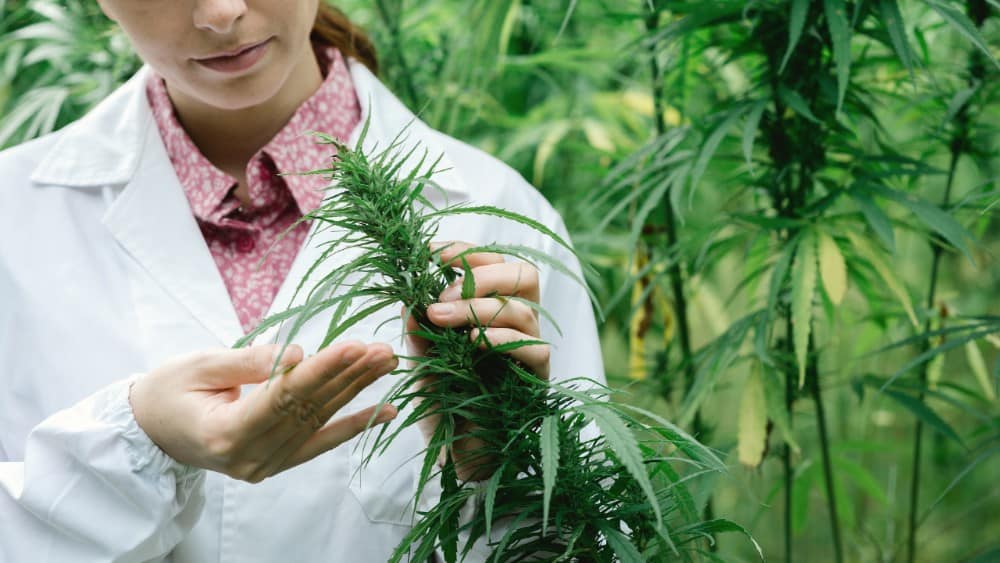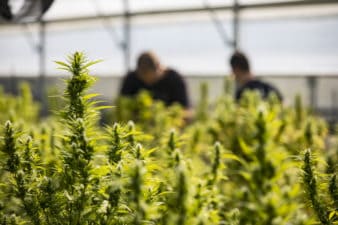The cannabis market should continue to grow for the next decade and beyond. Many analysts believe the global market could surpass $100 billion in sales by 2030. In order to meet surging demand, pot companies have been ramping their capacity and infrastructure at breakneck speeds. They’ve also been working to secure valuable partnerships to accelerate market adoption.
Even if the pot industry continues to take off, however, it’s no guarantee that every cannabis company will succeed. Consider the solar industry. For 10 years straight, solar demand has continued to mount, yet the industry has seen dozens of bankruptcies.
The early internet was also a good example. In 1999, the internet had the vast majority of its growth days ahead of it, but that year saw hundreds of dot-com businesses disappear.
If you want to succeed investing in the marijuana industry, you’ll need to know which strategies will work and which ones won’t. There are no better examples of this than Green Organic Dutchman (TSX:TGOD) and Cronos Group Inc (TSX:CRON)(NYSE:CRON).
Avoid commoditization
If you invest in the pot market, know one thing: commoditization will ruin the party. At the end of the day, there’s not much differentiation between cannabis production. Compare it to something like wheat, corn, or soy, all of which are grown by commoditized farms fetching a market price.
Regulation is keeping supply limited, but we’ve already seen how cannabis pricing can collapse due to surging numbers of growers. In 2018, Oregon was reportedly “drowning in one million pounds of excess weed,” pushing down prices to historically low levels.
If you want to avoid commoditization, avoid companies like Green Organic, as Green Organic is positioned as a pure grower, with no differentiation apart from its organic focus.
While organic cannabis has fetched a higher price, it’s just as susceptible to steep pricing declines. Green Organic’s lack of differentiation was demonstrated when its former partner, Aurora Cannabis Inc, opted to terminate its agreement to buy 20% of its produce, choosing instead to source the cannabis elsewhere.
Wherever pot pricing goes, so too will Green Organic. That’s a risky bet as commoditization looms. Instead, choose companies that can better dictate their own future.
Brands and influence
Soda is a commodity, but you wouldn’t be able to tell looking at Coca-Cola Co. As a $250 billion behemoth, Coca-Cola has demonstrated that it can sustain high margins for decades at a time. Another example is cigarettes.
Tobacco is largely commoditized, yet firms like Altria Group Inc (formerly Philip Morris) continue to rake in billions every year. Learning from firms like Altria is critical for any pot company looking to capitalize long term. Fortunately, one cannabis firm has direct access.
Last year, Altria and Cronos agreed to a $1.8 billion partnership that should align each companies interest for the next decade and beyond. Altria is the most experienced partner conceivable when it comes to navigating a highly regulated, increasingly commoditized industry.
If any cannabis company succeeds, it should be Cronos. If Green Organic’s stock will follow cannabis pricing, Cronos’ stock should follow industry-wide growth. That’s a much better bet.








